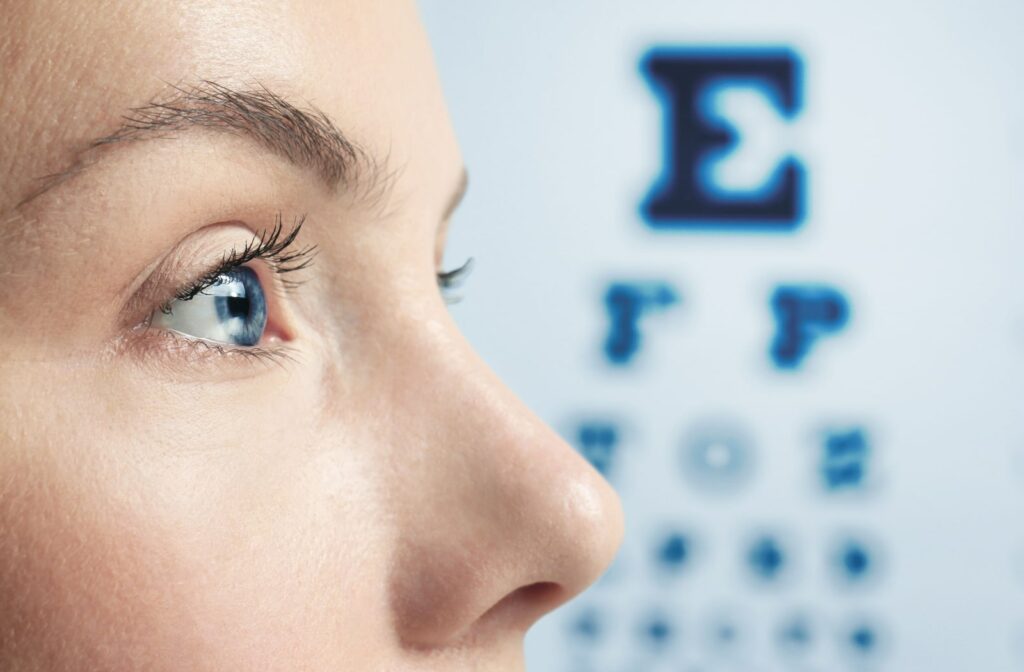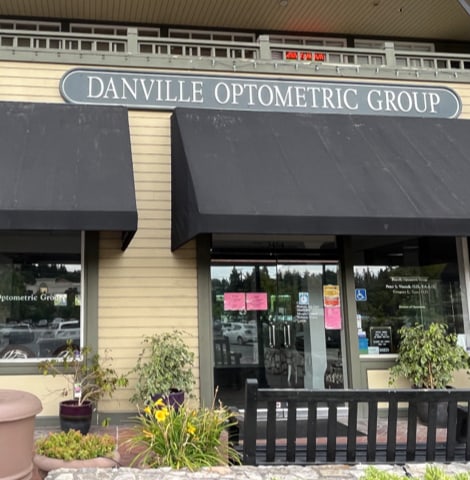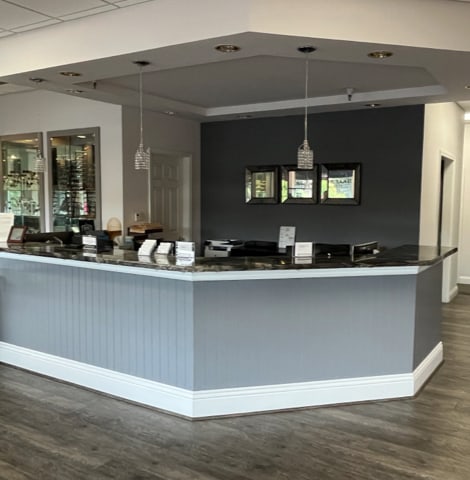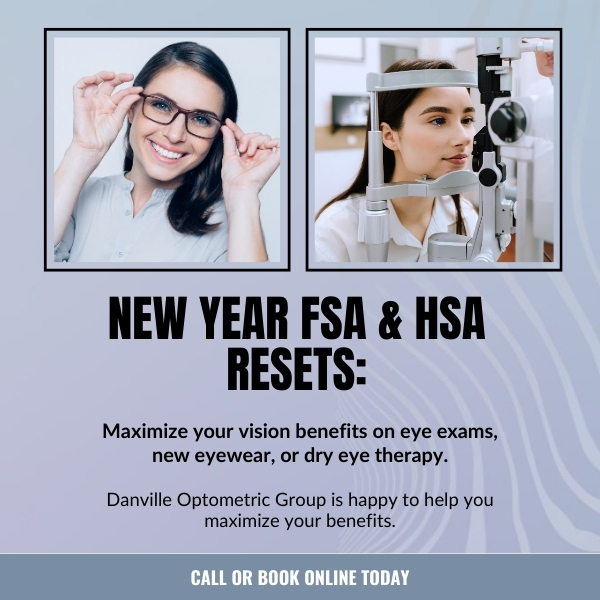Eyes aren’t just windows to the soul but also paramount indicators of your overall health. Scheduling regular eye exams is a critical piece of a well-rounded healthcare regimen. These exams assess your ability to see, check for any eye diseases, and evaluate your eyes as an indicator of your overall health.
Eye exam frequency can range based on age and underlying health conditions. For age, it is recommended that:
- Infants receive their first eye exam at 3 months
- Children receive eye exams prior to 3 years old, before 1st grade, and regularly through the school years
- Adults receive eye exams annually or every 12 months
- Seniors receive eye exams annually and often semi-annually
Understanding the Frequency
Knowing how often to seek out an eye care professional is essential to maintaining your vision and health. Generally, eye exam frequency is advised as follows:
- Infants should have their first comprehensive eye exam at 3 months of age.
- Children should have an exam at age 3, before they enter the first grade, and regularly throughout the school years.
- Adults aged 18 to 64 should have an eye exam every year.
- Seniors 65 and older should be examined annually and sometimes semi-annually based on medical conditions
- Factors such as a family history of eye disease or personal health conditions like diabetes may increase the need for more frequent exams.
Reasons for Regular Eye Exams
Regular eye exams are crucial for:
- Early detection of vision issues: Catching problems early can mean the difference between sight and blindness.
- Monitoring eye health: Routine exams can detect changes in the eye tissues and early signs of conditions like glaucoma or cataracts.
- Overall health: Eye exams offer clues about blood pressure, cholesterol levels, and more, making them a window into one’s systemic health.
What to Expect During Your Eye Exam
Many people avoid eye exams due to fear, such as fear of bad news or discomfort during the testing. However, it’s essential to understand that eye exams are often quick, comfortable, and informative.
By understanding each step, from the visual test to the intraocular pressure test, individuals can approach eye exams more confidently and with less anxiety.
Eye Conditions & Diseases
Regular eye exams are indispensable for detecting conditions early on, such as:
- Glaucoma: A group of eye conditions causing optic nerve damage.
- Cataracts: Clouding of the normally clear lens of your eye.
- Macular degeneration: Deterioration of the central area of the retina.
- Diabetic retinopathy: Diabetes complications that affect eyesight.
The Basic Steps of an Eye Appointment
An eye appointment often includes:
Patient History
During an eye appointment, your optometrist typically discusses vision concerns, any existing eye conditions, overall health status, and family history of eye diseases.
This step helps optometrists understand the patient’s specific needs and tailor the examination accordingly.
Vision Tests
A crucial component of an eye appointment involves conducting vision tests to assess the clarity of the patient’s sight at various distances.
These tests may include reading letters from an eye chart, identifying shapes or objects, and determining visual acuity to prescribe corrective lenses if necessary.
By evaluating visual acuity, eye care professionals can identify refractive errors like nearsightedness, farsightedness, or astigmatism.
Eye Function Tests
Eye function tests are performed during the appointment to evaluate the patient’s vision capabilities.
These tests can assess depth perception, color vision, and eye muscle movements. By evaluating these aspects, eye care providers can detect abnormalities affecting visual function and recommend appropriate interventions or treatments.
Eye Health Examination
Another essential aspect of an eye appointment is the comprehensive evaluation of the eyes’ external and internal structures.
This examination involves inspecting the eye structures, such as the cornea, iris, lens, and retina, to detect signs of eye diseases, injuries, or abnormalities.
Optometrists can diagnose conditions early and initiate timely treatment to preserve vision by thoroughly examining the eye’s health.
Pressure Measurement
Checking intraocular pressure, a key indicator for glaucoma is a vital part of an eye appointment.
Elevated eye pressure can be a sign of glaucoma, a serious eye condition that can lead to vision loss if left untreated.
By measuring the pressure inside the eye, eye care specialists can identify individuals at risk for glaucoma and recommend further assessments or treatments to manage the condition effectively.
The Role of Eye Exams in Protecting Your Health
Consistent eye exams can be proactive in maintaining your vision and are just as vital as other health examinations. They can help uncover hidden issues and contribute significantly to your health and comfort.
Don’t wait until you notice a problem. Eye care is not just about maintaining good eyesight; it is essential to overall health and well-being.
Maintaining the recommended eye exam frequency can help with early detection, efficient vision care, and safeguarding your quality of life.
Protect your precious sight and schedule your next eye exam. Contact us at Danville Optometric Group today and enjoy our relaxed atmosphere and compassionate staff.













